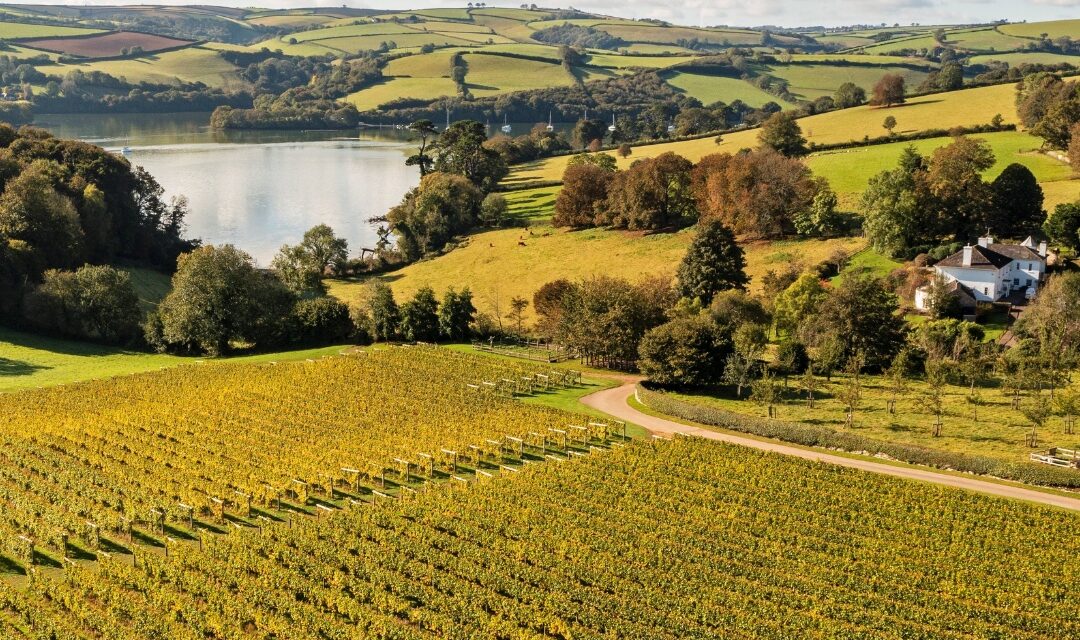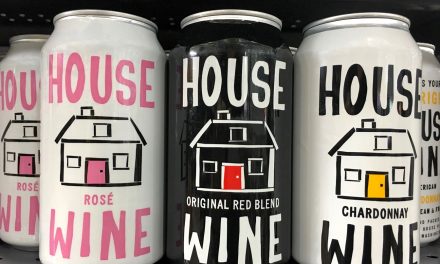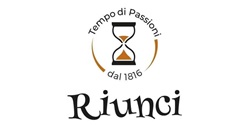Despite Its Modest Size, the UK Wine Industry Charts Impressive Growth and Lays Out an Ambitious Future Vision
MARKET HARBOROUGH – In a year defined by the resilience of the UK’s wine industry and the promise of even more growth to come, WineGB released its 2023 industry report today. The report includes data collated from WineGB’s own surveys of producers as well as figures supplied by Wine Standards.
The data paints a clear picture: the UK’s wine industry is burgeoning. Just shy of 4,000 hectares (ha) are now under vine, and forecasts predict this will nearly double, reaching 7,600ha by 2032. If that wasn’t enough, production is expected to burgeon too, hitting between 25 and 29 million bottles within the next decade.
The findings corroborate that wine remains one of the fastest-growing agricultural sectors in Britain today. In 2022, total production reached an impressive 12.2 million bottles, with a split of 68% sparkling and 32% still wines.
Last year also saw a change in sales channels and distribution. On-trade sales have increased to 22%, up from 14%, and exports have risen from 4% to 7%. Off-trade sales have seen a significant leap, now representing 41% of the total, up from 25% the previous year. Although direct-to-consumer sales dropped to 30% from 57%, reflecting post-pandemic sales returning to hospitality and retail, tourism has shown overall increases.
Indeed, wine tourism is burgeoning and on a positive growth trajectory. The industry report revealed that tourism income now averages 24% of total revenue, including all sales, tours, and other on-site activity. Visitor numbers have grown 17% compared to 2021.
The report also highlighted employment growth. An estimated 2,300 full-time equivalent (FTE) positions are now in place, with an additional 8,300 people involved in part-time or seasonal work. Projections indicate a 50% growth rate in FTE positions by 2025.
Ned Awty, Interim WineGB CEO, remarked on the data: “We are used to seeing rapid growth of plantings and production and this year is no different. Plantings are up 74% in five years and production hit almost a record 12.2mn bottles!” Awty also noted that the new data set gives new insights into the increasing importance of wine tourism and the diversity of employment in the sector.
“This data marks a coming of age for our organization,” he said, highlighting how the information will help the organization make informed decisions to enhance and grow wine production and sales in Britain and beyond.
Chair of WineGB, Sam Linter, echoed these sentiments, “These truly are exciting times for English and Welsh wine. Our latest report is from the most robust data yet, and it not only sets out where we are today but looks ahead to the next ten years in terms of production and the many opportunities.”
With plantings, production, and employment numbers all predicting strong growth, the future of the UK’s wine industry indeed looks exciting. The full industry report can be accessed on the Industry & Statistics Insights page of the WineGB website.










